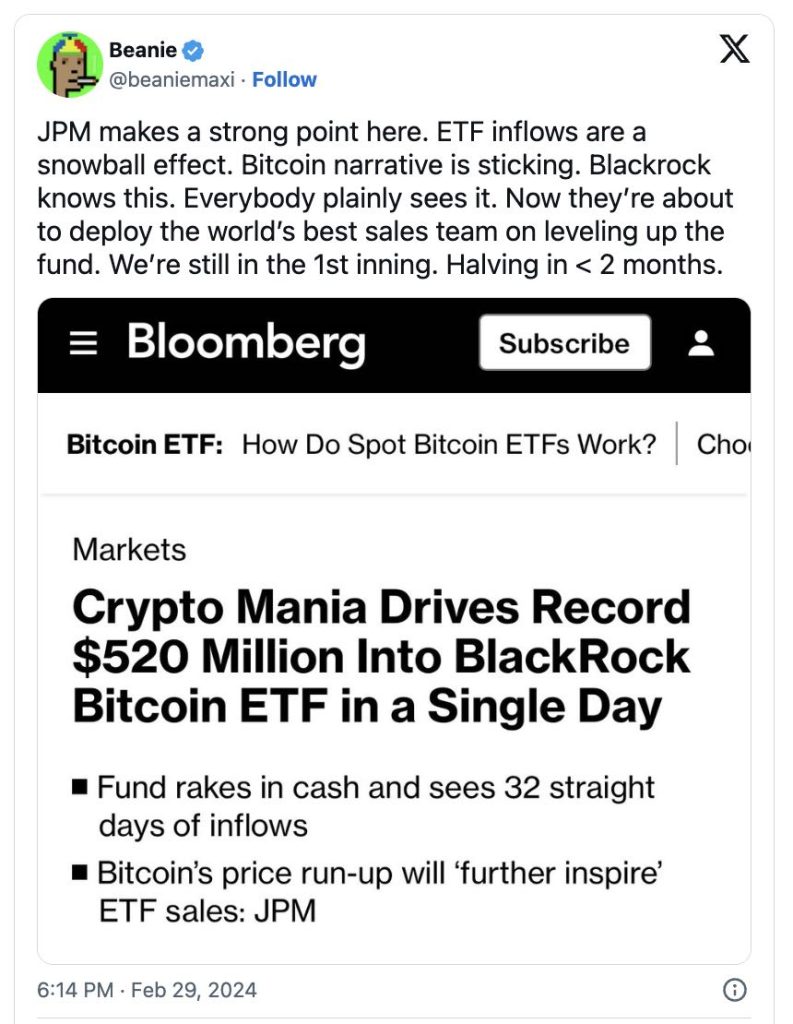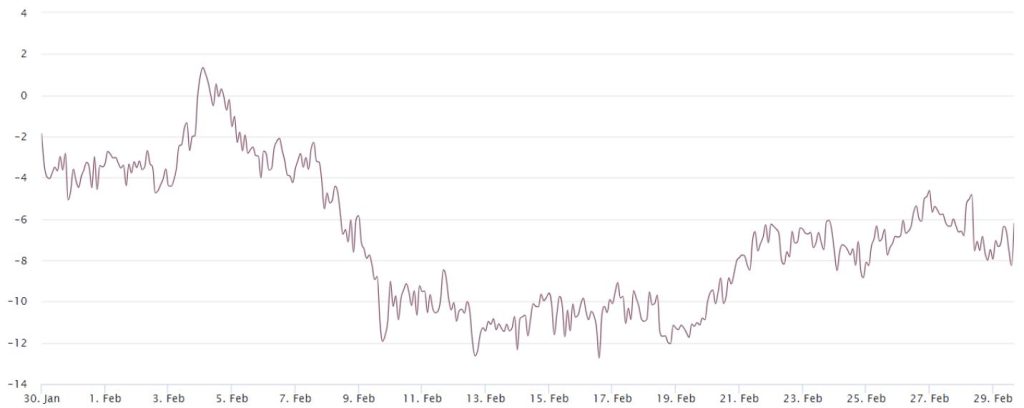In the dynamic world of cryptocurrency, Bitcoin’s recent 23% gain has been a beacon of hope for investors, hinting at a potential bullish market rebound. However, despite this significant uptick, a closer examination of the options market reveals that traders remain surprisingly unenthusiastic. This cautious stance among Bitcoin options traders, even in the face of substantial gains, offers a complex picture of the current crypto landscape and raises important questions about the future trajectory of Bitcoin’s value.
Table of Contents,
The Paradox of Bitcoin’s Gains and Market Sentiment

Bitcoin’s ability to secure a 23% gain in a relatively short period is no small feat, reflecting the inherent volatility and opportunity within the cryptocurrency market. Typically, such a bullish signal would lead to increased optimism and bullish positions among traders. However, the current sentiment in the Bitcoin options market tells a different story, with a notable lack of bullish enthusiasm. This paradox highlights a deeper market uncertainty that extends beyond surface-level gains, pointing to underlying concerns that may be influencing trader behavior.
Analyzing the Options Market’s Caution
Several factors contribute to the cautious sentiment prevailing among Bitcoin options traders, despite the recent gains:
- Market Volatility: While Bitcoin’s price surge is impressive, the cryptocurrency market is notoriously volatile. Options traders, who often take a longer-term view, may be wary of overcommitting to bullish positions in an environment where prices can swing dramatically in either direction.
- Regulatory Uncertainty: The global regulatory landscape for cryptocurrencies remains a patchwork of evolving policies, with some countries taking a more restrictive stance. This regulatory uncertainty can dampen trader enthusiasm, as future restrictions or regulations could adversely affect Bitcoin’s price.
- Macro-Economic Conditions: The broader economic environment, including inflation rates, interest rates, and geopolitical tensions, plays a crucial role in shaping investor sentiment. Current macroeconomic uncertainties may lead options traders to adopt a more conservative approach, even in the face of potential short-term gains.
- Past Performance: Bitcoin’s history of dramatic rallies followed by sharp corrections may also play into the cautious stance of options traders. Having observed previous patterns where significant gains were quickly eroded, traders might be hesitant to assume a bullish position too hastily.
Implications for Bitcoin’s Future

The skepticism among Bitcoin options traders in the wake of a 23% gain is not merely a reflection of market sentiment but also a commentary on the complexities of investing in cryptocurrencies. While short-term gains can generate excitement and attract speculative interest, seasoned traders are more attuned to the multitude of factors that can influence Bitcoin’s value over the longer term.
This cautious sentiment, however, does not necessarily signal a bearish outlook for Bitcoin. Instead, it underscores the importance of due diligence, risk management, and a balanced perspective when navigating the cryptocurrency market. For investors and enthusiasts, understanding the reasons behind the options market’s caution can offer valuable insights into the nuances of cryptocurrency trading and investment strategies.
Conclusion
Bitcoin’s recent 23% gain presents a curious case of market dynamics where surface-level bullish signals are met with underlying caution among options traders. This cautious stance, influenced by volatility, regulatory uncertainties, macroeconomic conditions, and historical performance, offers a more nuanced view of Bitcoin’s potential trajectory. For investors, the key takeaway is the importance of a well-rounded approach to cryptocurrency investment, one that considers both the opportunities and the risks inherent in this rapidly evolving market.



